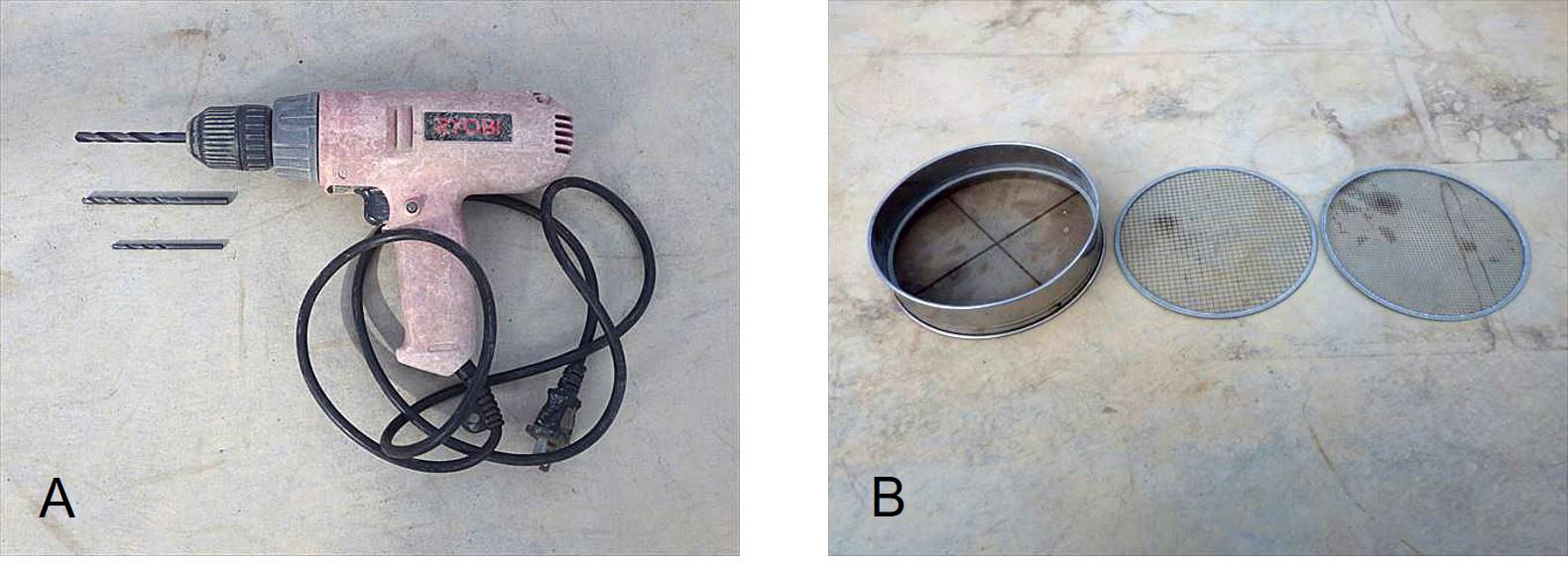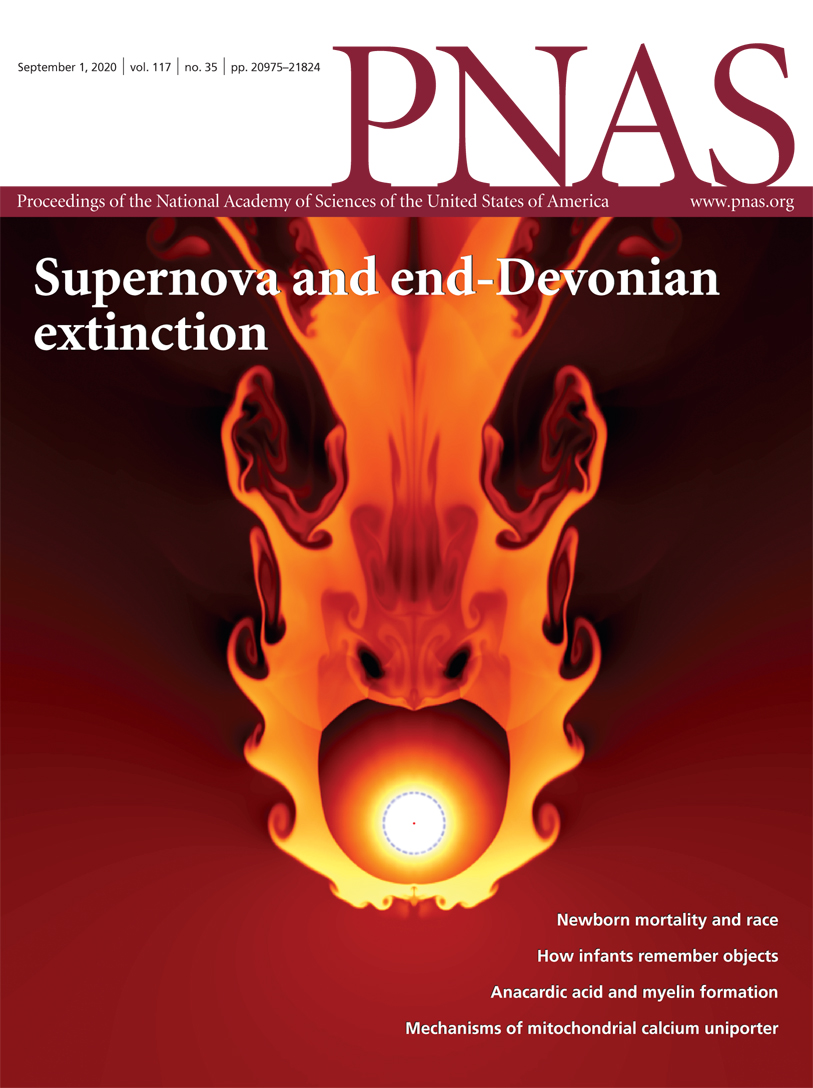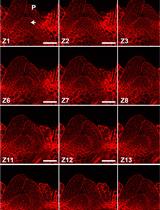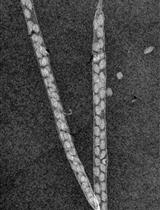- EN - English
- CN - 中文
Quantification of Soil-surface Roots in Seedlings and Mature Rice Plants
幼苗和成熟水稻植物土壤表面根的量化
发布: 2022年05月05日第12卷第9期 DOI: 10.21769/BioProtoc.4409 浏览次数: 3057
评审: Wenrong HeYing SunAnonymous reviewer(s)
Abstract
Soil-surface roots (SORs) in rice are primary roots that elongate over or near the soil surface. SORs help avoid excessive reduction of stress that occurs in paddy, such as in saline conditions. SORs may also be beneficial for rice growth in phosphorus-deficient paddy fields. Thus, SOR is a useful trait for crop adaptation to certain environmental stresses. To identify a promising genetic material showing SOR, we established methods for evaluating SOR under different growth conditions. We introduced procedures to evaluate the genetic diversity of SOR in various growth stages and conditions: the Cup method allowed us to quantify SOR at the seedling stage, and the Basket method, using a basket buried in a pot or field, is useful in quantifying SOR at the adult stage. These protocols are expected to contribute not only to the evaluation of the genetic diversity of SOR, but also the isolation of related genes in rice.
Keywords: Gene isolation (基因分离)Background
A subset of Indonesian lowland rice belonging to the ecotype Bulu develops thick crown roots above the soil surface (soil-surface roots; SORs) from the seedling stage, although such development is not observed in other commonly cultivated rice worldwide (Ueno and Sato, 1989, 1992). Lafitte et al. (2001) described that the occurrence of SORs is caused by selection pressure within the Bulu ecotype for adapting to anaerobic environments. The ecological and physiological functions of SORs in rice have not yet been understood in detail.
Recently, we demonstrated that SORs contribute to the prevention of excessive stress reduction in saline paddy through the cloning and characterization of a quantitative trait locus (QTL) for SOIL SURFACE ROOTING 1(SOR1) called qSOR1 (Kitomi et al., 2020). We also reported that SOR is a useful root trait for phosphorous uptake in phosphorus-deficient conditions (Oo et al., 2021). Therefore, the SOR phenotype is a valuable breeding target for the development of rice cultivars adapted to such abiotic stresses.
Several previous studies have investigated the genetic diversity of root system architecture in various rice cultivars. Accordingly, various root phenotyping methods, such as soil-core, soil-block, and soil-monolith around rice plants have been developed to date (Pavlychenko, 1937; Abe and Morita, 1994; Uga et al., 2013; Teramoto et al., 2019). These primarily field-based methods are suitable for investigating root biomass and length, but not for quantifying SOR.
Because SORs grow on the ground surface, the common root sampling method in a soil block cannot quantify the degree of SOR occurrence relative to the total roots. Therefore, a phenotyping method specific for SOR quantification is required, to evaluate the genetic diversity of the SOR phenotype in cultivated rice.
We developed a Cup method to quantify the SOR in a large number of samples for QTL mapping (Uga et al., 2012). The Cup method has been effective in identifying an SOR QTL on rice chromosome 7, by using recombinant inbred lines derived from a cross between a representative rice cultivar with SOR (cv. Gemdjah Beton), and without SOR (Sasanishiki) (Uga et al., 2012). A novel mutant gene SOR1, involved in soil-surface rooting, was also identified on rice chromosome 4, using the Cup method (Hanzawa et al., 2013). Furthermore, the Cup method was useful for phenotyping the QTL cloning of SOR (Kitomi et al., 2020).
The Basket method for plants grown in pots was originally developed to quantify the root growth angle of wheat seedlings (Oyanagi et al., 1993). This method was modified, and used to quantify the root growth angle of adult rice plants in the field (Uga et al., 2009). We modified the Basket method to quantify the SORs of rice grown in pots or flooded paddy fields (Uga et al., 2011, 2012; Kitomi et al., 2020). Here, we describe the protocols to quantify SOR in rice.
Materials and Reagents
Cup method to quantify SOR at the seedling stage
A plastic cup measuring 3.7 cm diameter × 4 cm depth; Beaker PP (AS ONE Corporation, Osaka, Japan)
Stainless-steel tray (32 cm length × 25 cm width × 5.3 cm depth, any manufacturer) with drainage holes
Plastic tray (44.5 cm length × 32.5 cm width × 7 cm depth, any manufacturer) capable of holding the previously mentioned stainless-steel tray
Soil (Cultured soil for raising the seedlings, any manufacturer)
Water
Basket method to quantify SOR in pot cultures
Open stainless-steel mesh baskets (6 cm diameter × 3 cm depth, any manufacturer)
Pots (11 cm diameter × 15 cm depth, with a 1-cm diameter drainage hole at the bottom, any manufacturer)
Plastic container (60 cm length × 35 cm width × 20 cm depth, any manufacturer)
Soil (Cultured soil for raising the seedlings, any manufacturer)
5.Water
Basket method to quantify SOR in paddy fields
Open stainless-steel mesh baskets (15 cm diameter × 7 cm depth, any manufacturer)
Equipment
Electric drill with bits of various sizes (Figure 1A)
Sieve with various mesh sizes (Figure 1B)
Scissors
Knife
Watering pot
Water bucket

Figure 1. Equipment used to quantify soil-surface roots using the cup and basket methods. (A) Electric drill; (B) Mesh sieve.
Procedure
文章信息
版权信息
© 2022 The Authors; exclusive licensee Bio-protocol LLC.
如何引用
Hanzawa, E., Kitomi, Y., Uga, Y. and Sato, T. (2022). Quantification of Soil-surface Roots in Seedlings and Mature Rice Plants. Bio-protocol 12(9): e4409. DOI: 10.21769/BioProtoc.4409.
分类
植物科学 > 植物发育生物学 > 形态建成
生物科学
您对这篇实验方法有问题吗?
在此处发布您的问题,我们将邀请本文作者来回答。同时,我们会将您的问题发布到Bio-protocol Exchange,以便寻求社区成员的帮助。
Share
Bluesky
X
Copy link













